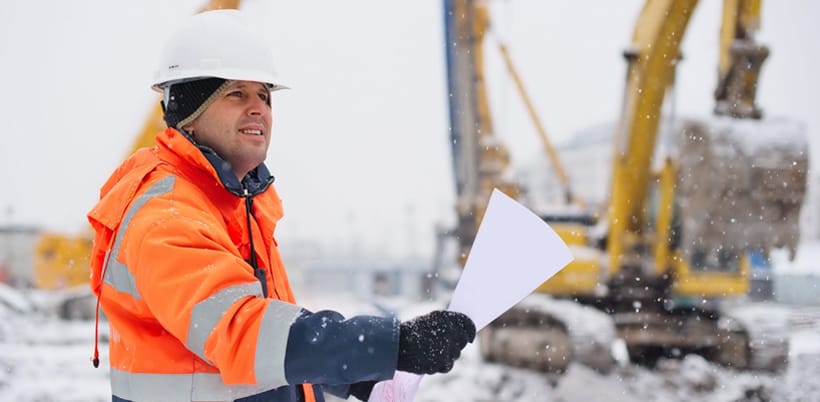
When selecting cold-weather gear, the choice between premium insulated suits and budget-friendly layering systems can greatly impact long-term costs, worker safety, and productivity. While premium options initially cost more, the payoff in performance, durability, and reduced injury can far exceed their higher upfront investment.
This guide helps you understand when premium gear is genuinely worth the expense—backed by real-world examples, ROI calculations, and practical buyer recommendations.
Understanding the Real Costs of Cold Exposure
Cold stress and inadequate thermal protection can lead to:
- Increased worker fatigue and productivity losses
- Elevated risk of accidents and cold-related injuries (frostbite, hypothermia)
- Higher absenteeism and turnover rates
- Regulatory fines and compliance risks (OSHA, EN, ISO)
Addressing these issues proactively by investing in appropriate thermal gear saves significantly more than initial spending differences.
Premium Insulated Suits: Advantages & Considerations
Key Benefits:
- Superior insulation (high CLO values) ensures consistent warmth
- Durable construction increases garment lifespan (3–5 years typically)
- Excellent waterproofness and breathability
- Lower total cost of ownership (fewer replacements, lower injury costs)
Typical Premium Gear Specs:
- Insulation: 300–400 g synthetic (PrimaLoft®, Thinsulate™)
- Shell: Advanced waterproof/breathable membranes (Gore-Tex®, ePTFE)
- Special Features: Ergonomic design, high abrasion resistance, taped seams
Ideal Use Cases:
- Severe winter environments (below –15°C)
- High-risk industries (oil & gas, offshore, heavy construction)
Budget Layers: Advantages & Limitations
Key Benefits:
- Lower initial cost per garment
- Flexible layering allows adaptation to varying conditions
- Suitable for moderate cold environments with lower risk exposure
Typical Budget Gear Specs:
- Insulation: Light synthetic layers (100–200 g)
- Shell: Basic waterproof/breathable coatings (PU or basic TPU)
Potential Limitations:
- Shorter garment lifespan (1–2 years)
- Less effective in severe cold (below –10°C)
- More frequent replacements due to lower durability
Ideal Use Cases:
- Warehousing, indoor/outdoor roles
- Moderate climates with limited exposure time
ROI Comparison (Example Analysis):
| Cost Factor | Premium Insulated Suit (USD) | Budget Layering System (USD) |
|---|---|---|
| Initial Garment Cost (per set) | $350 | $120 |
| Replacement Frequency | 4–5 years | 1–2 years |
| Total 5-Year Replacement Cost | $350 | $360–$600 |
| Productivity Gain (annual) | +10–20% | Minimal |
| Injury Reduction (annual) | Significant | Limited |
| Total Long-term Cost (5 years) | Lower | Higher |
Case Study Insight:
An oil & gas company in Alaska switched from budget layers to premium insulated suits. After three years, they reported a 25% productivity increase, 40% reduction in sick leave, and 80% fewer cold-related injuries, significantly reducing overall costs.
When Premium Gear Clearly Pays Off
Invest in premium insulated suits when:
- Workers face extended exposure in extreme cold (below –15°C)
- Job tasks are physically demanding, requiring durable garments
- The work environment includes significant hazards (FR, chemical, offshore)
- Compliance with strict safety standards (NFPA, EN, ANSI) is required
- Productivity and injury reduction significantly affect profitability
When Budget Layers Can Be Cost-Effective
Choose budget layering solutions when:
- Workers experience limited exposure time outdoors
- Work intensity is low to moderate, allowing easy adjustments
- Environment conditions are moderate (above –10°C)
- Immediate cost control is a critical priority
Buyer FAQs Clearly Answered:
Q: "How can I convince management to approve premium gear budgets?"
A: Use an ROI approach—show documented productivity gains, injury reduction data, and lower long-term replacement costs.Q: "Does premium gear require special care?"
A: Not necessarily. Premium gear often has similar maintenance requirements but significantly longer lifespan when properly cared for.Q: "Can premium and budget gear coexist?"
A: Yes—many companies use premium gear for high-risk roles and budget gear for less demanding tasks or milder conditions.
Enhanced Procurement Checklist:
- [ ] Assess the severity and duration of cold exposure
- [ ] Evaluate long-term productivity and injury prevention benefits
- [ ] Calculate total cost of ownership over 3–5 years
- [ ] Obtain detailed technical specs and certifications for comparison
- [ ] Conduct wearer trials to evaluate real-world effectiveness
- [ ] Prepare a financial justification (ROI analysis) for premium options
Conclusion: Long-term Investment Pays Off
Premium insulated suits, despite higher initial costs, often yield significant long-term financial benefits through enhanced productivity, reduced injuries, lower replacement frequency, and simplified compliance. Understanding your workforce’s exact needs and conditions ensures smart, cost-effective investment decisions.
Need help performing a detailed cost-benefit analysis tailored to your company?
Email: [email protected]
Website: www.workwearsolutions.net
Zion Zhang
Recent Posts
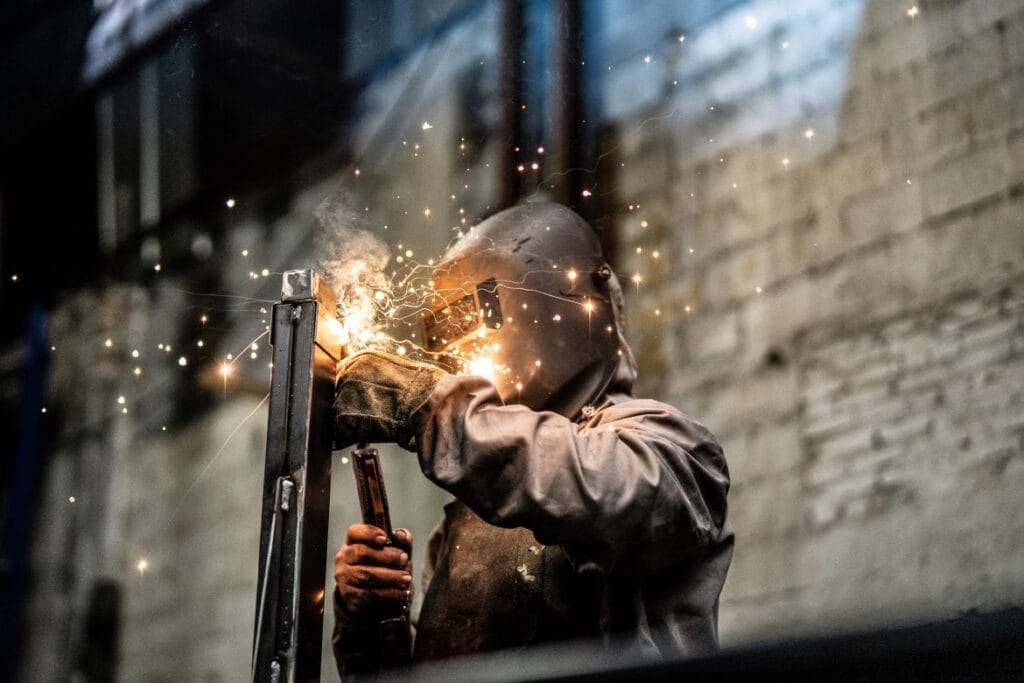 Buyer’s Checklist: What to Ask Your Supplier About Welding Protective Clothing2025年7月25日Choosing a welding PPE supplier is more than comparing […]
Buyer’s Checklist: What to Ask Your Supplier About Welding Protective Clothing2025年7月25日Choosing a welding PPE supplier is more than comparing […]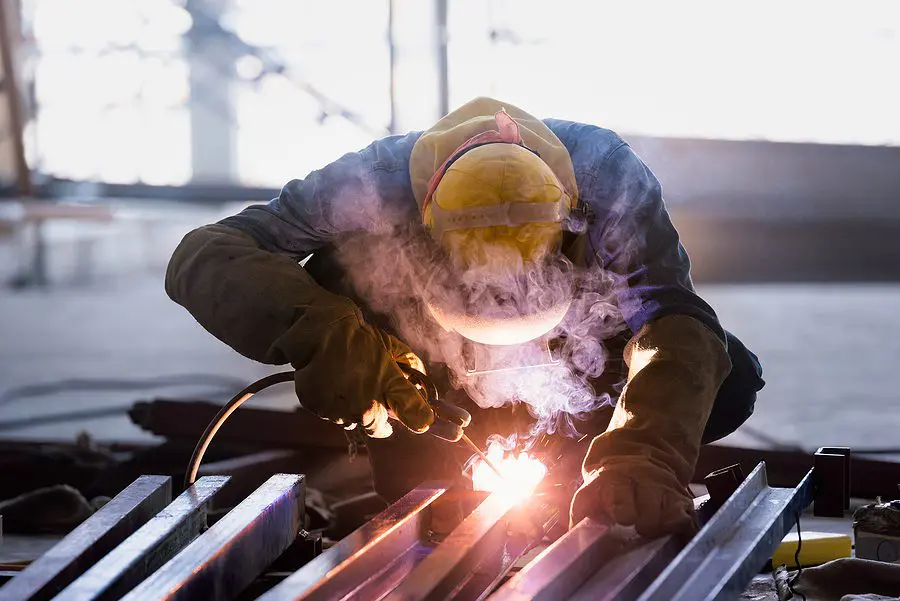 Cost-Benefit Analysis: Premium vs. Budget Welding Gear2025年7月25日When sourcing welding PPE, many buyers fall into the trap […]
Cost-Benefit Analysis: Premium vs. Budget Welding Gear2025年7月25日When sourcing welding PPE, many buyers fall into the trap […] Maintaining and Inspecting Welding Protective Clothing: Essential Practices2025年7月25日Welding PPE is a critical investment. Jackets, gloves, […]
Maintaining and Inspecting Welding Protective Clothing: Essential Practices2025年7月25日Welding PPE is a critical investment. Jackets, gloves, […]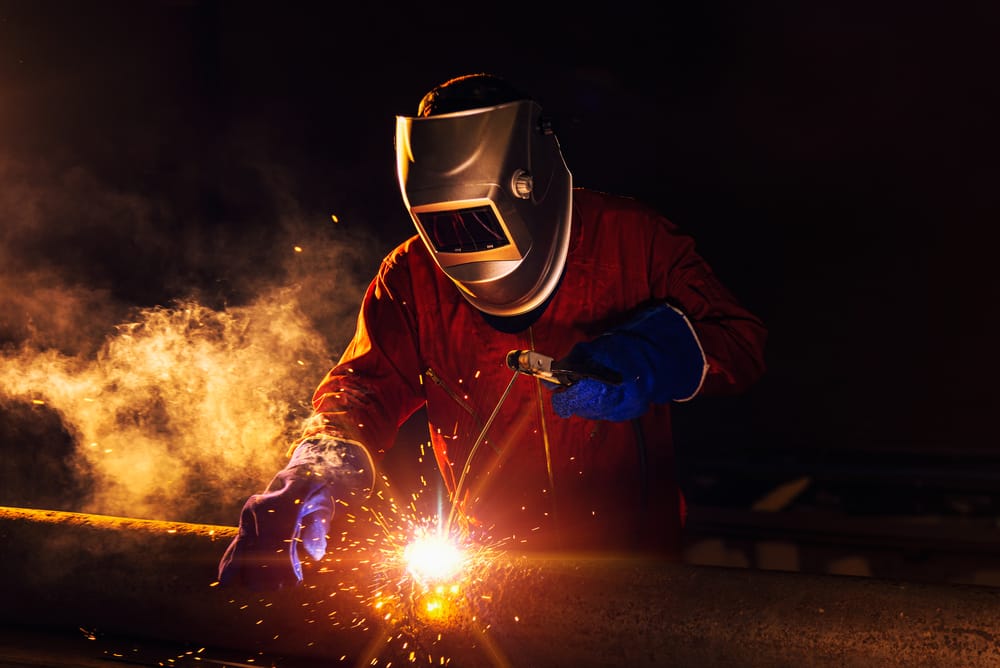 Heat Stress Management: Balancing Protection and Comfort in Welding PPE2025年7月25日Welding PPE is essential to protect workers from sparks, […]
Heat Stress Management: Balancing Protection and Comfort in Welding PPE2025年7月25日Welding PPE is essential to protect workers from sparks, […]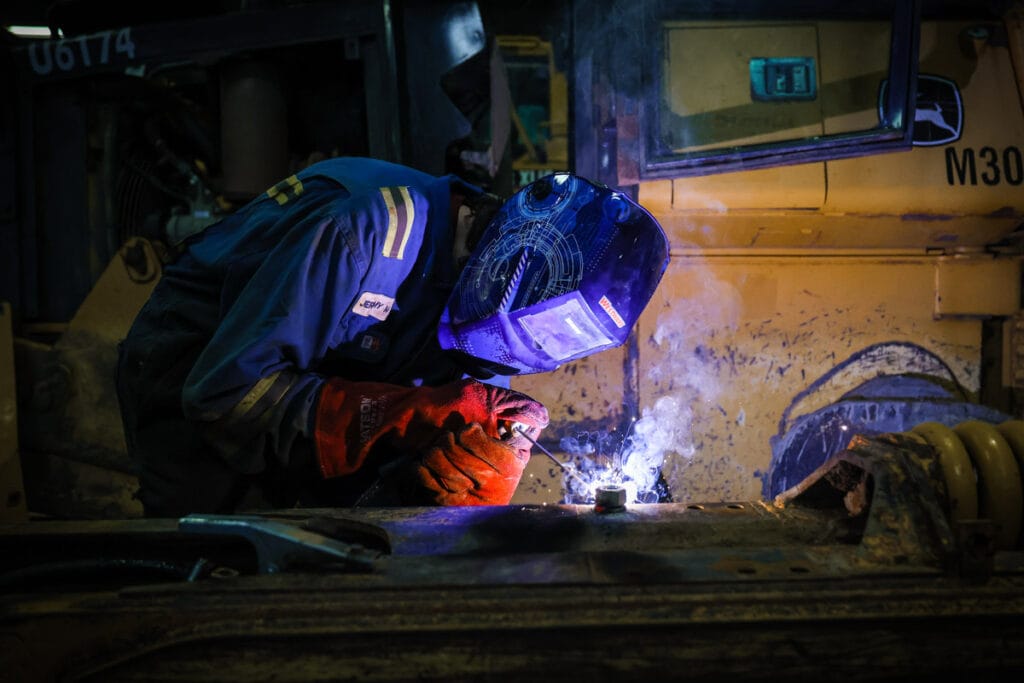 Eye and Face Protection in Welding: Helmets, Shields, Goggles, and Lenses2025年7月25日Welding generates intense light, flying sparks, molten […]
Eye and Face Protection in Welding: Helmets, Shields, Goggles, and Lenses2025年7月25日Welding generates intense light, flying sparks, molten […]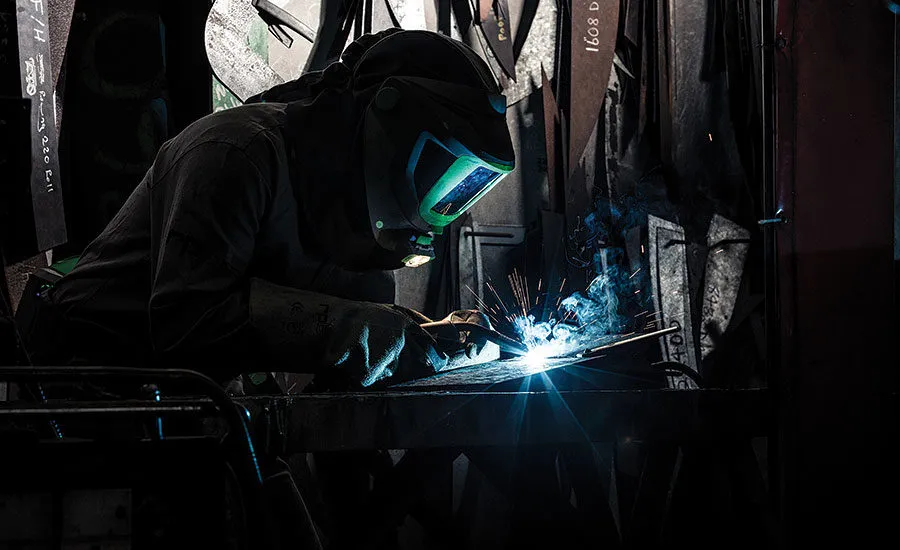 ANSI, OSHA, EN ISO Standards for Welding Protective Clothing Explained2025年7月25日Compliance with welding PPE standards is non-negotiable. […]
ANSI, OSHA, EN ISO Standards for Welding Protective Clothing Explained2025年7月25日Compliance with welding PPE standards is non-negotiable. […]
CONTACT US
- Feel free to contact us any time. We will get back to you as soon as we can!
- +86-17330061805
